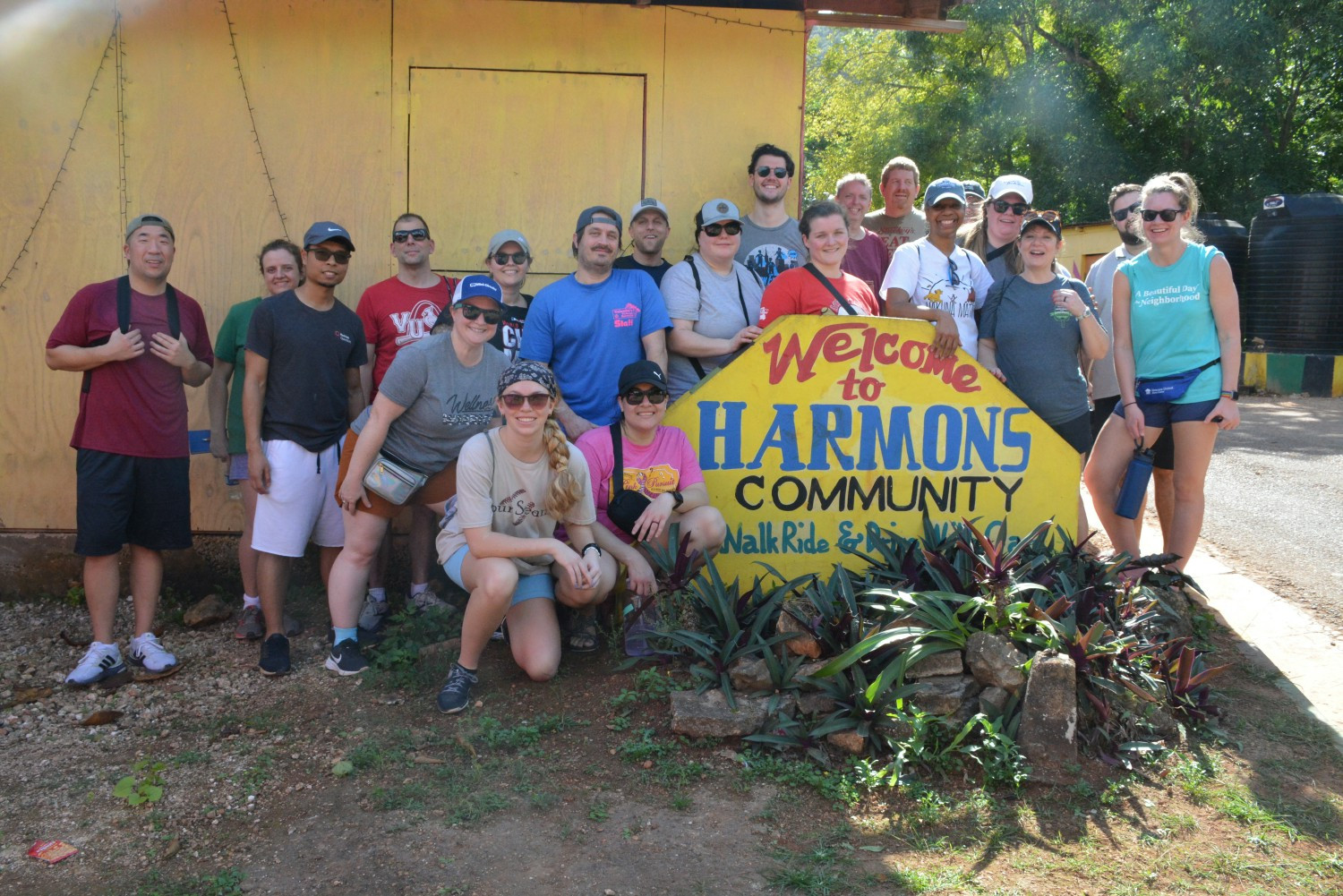Hiring, High-trust leadership, Onboarding, Recruiting
You never have a second chance to make a first impression. Here’s what the best companies are doing to start things off on the right foot.
Building trust with employees starts long before their first day on the job.
From the recruiting process through their first few months at the company, employees are looking for signals both overt and subliminal, about their value at the organization.
“When someone joins your organization, you should make sure that they know you were expecting them — and that you couldn’t wait for them to get there,” says Michael C. Bush, CEO at Great Place To Work®.
This leadership behavior — “hiring” — is all about making sure new people who join the organization receive a warm welcome. Here’s how the best companies make sure employees feel like a valued and appreciated member of the team before they ever walk in the door on their first day.
Recruiting for culture ‘add’
When creating a welcoming and inclusive culture, great workplaces start by making sure that everyone believes that no matter who they are, this company is a place where they can belong. Prospective employees are looking for signals both large and small that indicate whether their new company will value and respect them.
Join us for the 2025 For All Summit™ April 8-10 in Las Vegas!
“When you first start at new company and you have to fill out a job application, if it only says male and female at the start, that probably tells you a lot,” says Brian Reaves, chief belonging, diversity, and equity officer at UKG. “It’s saying [leaders] don’t understand that people don’t just identify in a binary manner.”
The best workplaces use their values to guide every step of the recruitment process, and look for people who add to the culture, not just those who “fit” the culture.
Companies like Dow develop metrics to ensure they attract the widest range of talent. Dow’s scorecard measures five different metrics: global representation of women, U.S. ethnic minority representation, participation in employee resource groups (ERGs), spending with diverse suppliers, and overall employee satisfaction.
Every leader at Dow also has a dashboard that shows the diversity of their business group and key metrics like hiring and voluntary turnover. This level of analysis allows Dow to learn from itself, with teams that are having more success recruiting and retaining a diverse set of employees sharing their strategies with others.
It’s also crucial to consider the talent pipeline and make investments to ensure more people can see a future for themselves in your organization.
At Cadence, which hires primarily college graduates with advanced degrees in computer science and technology, a revamped outreach program on campuses created a much bigger talent pool for the company. Roles were changed to target undergraduates and focus on internal training, and a wider range of universities were targeted for recruitment.
The result? In 2023, Cadence saw a 25% year-over-year increase in the number of women hired at the company.
Values revealed in the hiring process
How a candidate experiences the hiring process can build or break trust. Did you feel connected to leaders, or did you feel like your time was being wasted? Did the process bring the company’s values to life — or was the experience jarringly different from the values the company claims to uphold?
A respectful and unbiased process is a strong signal to employees that the company knows what they are looking for and will be committed to their long-term success.
To ensure that every employee has a good experience, consider standardizing the process across teams and departments. At Workiva, after realizing that its more than 60 product development teams had their own norms and tools to interview and hire candidates, it built a group of “hiring ambassadors” that took responsibility for interviewing all candidates on competency models and advocating for diversity, equity, and inclusion as part of the process.
And the process has shown results: a decrease in the time-to-fill rate for open roles and a lower early turnover rate across the organization.
A standardized hiring experience doesn’t mean that every employee should be treated exactly the same. Great companies will change the process to fit the needs of the candidate, such as HP Inc. and its Spectrum Success Program, which helps people with autism, as well as those with developmental disabilities, share their abilities in a format that suits them.
The hiring process is also an opportunity to connect employees with your culture. At NVIDIA, its “Insider Interviews” program allows candidates to meet with one or more of its community resource groups (what it calls its ERGs).
These brief chats aren’t used to evaluate the candidate. They simply allow potential new employees to connect with the culture at NVIDIA and start to build the network that will be vital for their success if they join the company.
Going beyond the handbook for orientation
The first day at the organization is make or break for new employees.
“You can email or send new hires a note in the mail before they start, announce them to other employees in advance, take them to lunch their first week, and help them get integrated into your culture,” Bush says. “If someone gets to work and those things aren’t there, trust dips a bit. … They wonder if you really want them there, or if they’re an afterthought.”
Many great companies give new employees a peer or buddy to help them get integrated into their new work culture. At Tanium, new hires are paired with a buddy and an mentor on their first day, with their buddy answering questions and facilitating connections within the company. Mentors familiarize new hires with role-specific details and new hires often shadow their assigned mentor in both internal and external meetings.
Great workplaces also make the first day fun. At Veterans United Home Loans, new employees participate in a team bonding exercise, which could include painting rocks, designing a custom t-shirt, making charcuterie boards, or a Nintendo tournament. At NVIDIA, new hires are invited to join a campus tour and new-hire volunteer activity — immediately connecting new employees with NVIDIA’s values.
Beyond professional success, the onboarding process provides an opportunity to learn about candidates’ personal goals and aspirations.
At WestPac Wealth Partners, employees joining the firm are asked to share their goals, both for their career and their lives outside of work.
“If you work with me and make a bunch of money, and the rest of your life sucks, then I failed you as a leader,” says Travis Scribner, managing partner at WestPac. “I want to see you win in all areas of life.”
Great companies know that onboarding is an important touchpoint in the employee lifecycle, but it can’t be the last time you ask important questions about goals and aspirations. The conversations must be ongoing, grounded in that important first impression an employer makes on an employee’s first day.
Join us in Las Vegas!
Register for the next For All Summit™, April 8-10, to connect with leaders and experts from great workplaces around the world.











